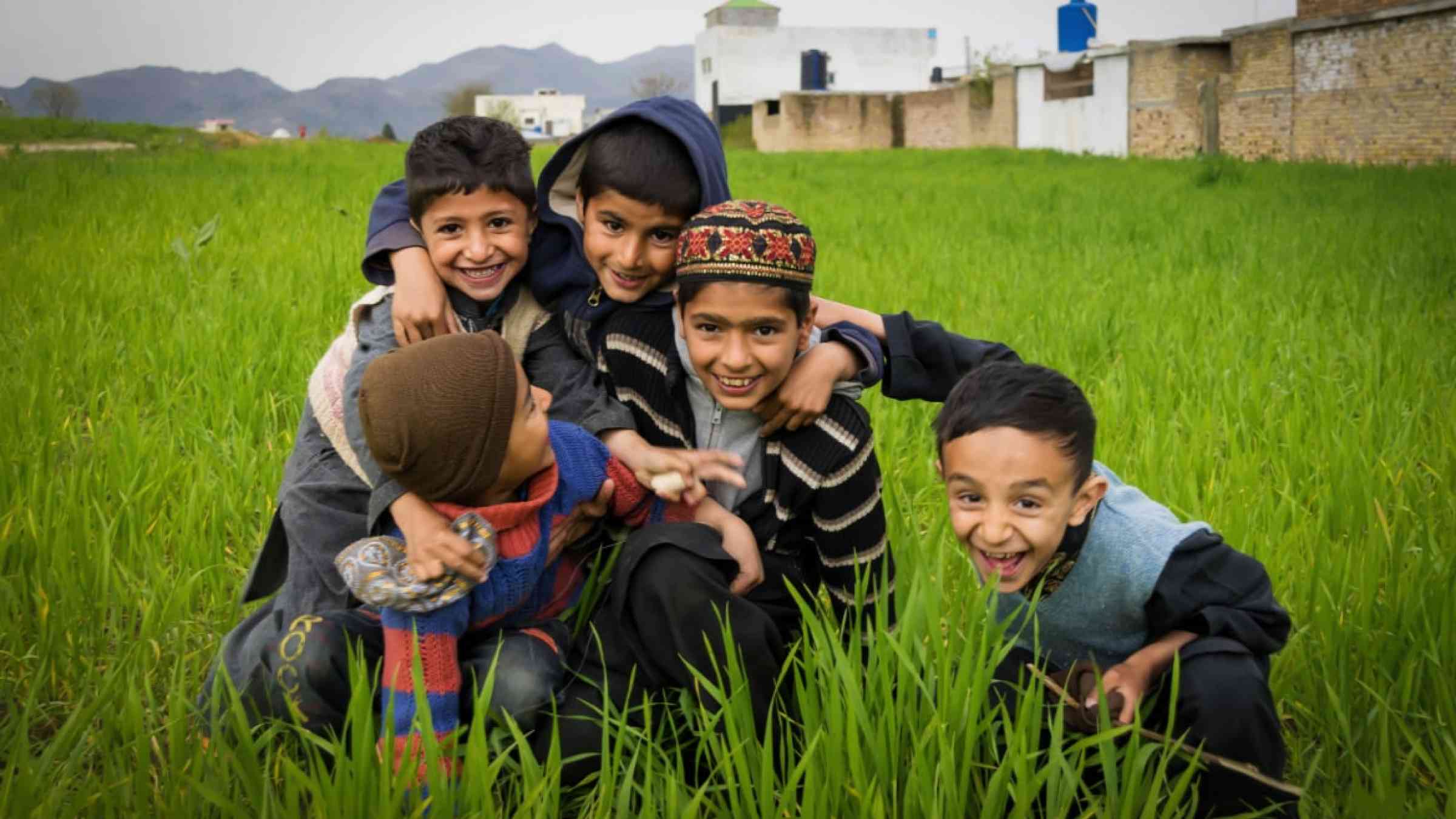Still standing: How USAID’s disaster-resilient construction in Pakistan is keeping children in school amidst devastating floods

In 2022, Pakistan experienced such severe flooding that one-third of the country was submerged in water. In Sindh province, more than 1,000 people lost their lives, nearly 1.5 million homes were destroyed, and 1.5 million hectares of crops were damaged.
Amidst the destruction stood all 79 schools that USAID constructed — completely intact.
Meanwhile, 19,000 other schools in Pakistan were destroyed because they were not built to withstand extreme floods.
These USAID-constructed schools served as epicenters of the recovery from the disaster. For the 17,000 people whose homes were destroyed during the floods, 59 of the schools were able to be used as temporary shelters. And children were able to go back to school immediately after the floods were over — a true testament to the resilience of the constructed buildings.
The intact schools standing amidst the floodwaters served as a potent reminder that investing in climate resilience saves money in the long run.
On average, every $1 invested in climate adaptation and preparedness can yield between $2 and $10 in savings down the road.
The original investment in these schools took place after a particularly devastating flood in 2010 that left parts of the country under water for several months. USAID and the Sindh School Education and Literacy Department (SELD) partnered to construct schools with internationally recognized building codes and standards so they would last for at least 50 years.
The Agency supported the Government of Sindh in building 106 state-of-the-art schools that provide expanded access to education for more than 80,000 marginalized children each year.
Image
With proper planning, sound engineering design, use of high-quality material, and close construction oversight, the schools did not need to be reconstructed after the floods, and they provided crucial shelter and a safe space for learning.
Image
The President’s Emergency Plan for Adaptation and Resilience (PREPARE), which aims to help half a billion people become more climate resilient, recognizes that investments in climate preparedness, such as climate-resilient infrastructure and early warning systems, will save both lives and money in the long run. USAID co-leads the Infrastructure working group of PREPARE with the Millennium Challenge Corporation (MCC) to ensure that resilience is appropriately considered in design, investment, and procurement solutions.
These efforts will make sure that, across the U.S. government’s work, we are building a safer world even in the face of growing climate impacts. This is especially important as we see an uptick in the frequency of damaging floods due to increasingly intense torrential rains and monsoons. In Pakistan, the effects of climate change are felt not only through floods, but also in heat waves, droughts, and landslides.
Outside of Pakistan, USAID maintains an infrastructure portfolio that supports the planning, design, rehabilitation, and construction of energy, water, sanitation, and transportation infrastructure. This includes schools, health facilities, and housing in more than 60 countries. USAID’s engineers, who ensure proper design and construction of climate-resilient infrastructure, fortify community resilience in the face of increasing disasters and the effects of climate change.
Learn more about USAID’s infrastructure portfolio. Learn more about the President’s Emergency Plan for Adaptation and Resilience (PREPARE) here.